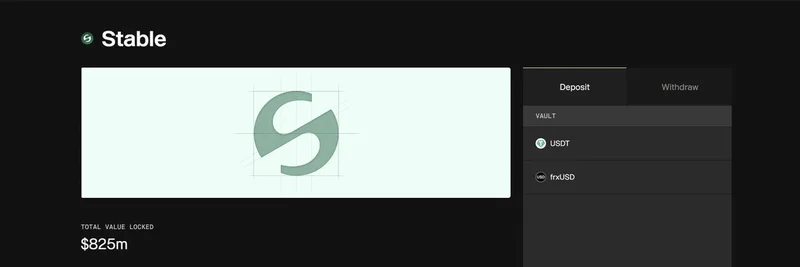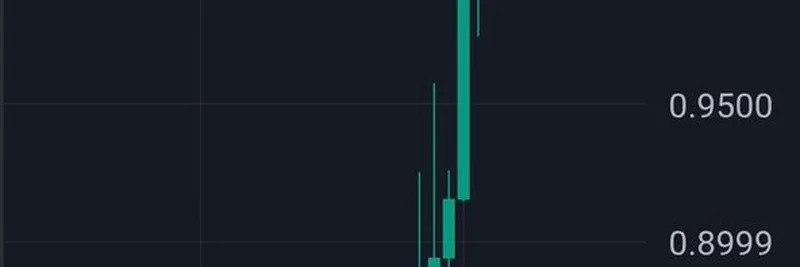Hey there, meme token fans! If you're deep into the Solana ecosystem, trading those viral coins and chasing the next big pump, you've probably heard whispers about the network's validator count taking a hit. A recent tweet from SOL Strategies highlighted this, quoting an article from SolanaFloor that dives into the details. But before you panic-sell your bags, let's break it down in simple terms. Spoiler: It's not as bad as it sounds—in fact, it might make Solana even stronger for all those meme token launches and trades.
What's Going On with Solana's Validators?
Validators are like the backbone of any blockchain, including Solana. They're the nodes that verify transactions, secure the network, and keep everything running smoothly. Think of them as the referees in a massive online game—without them, chaos ensues. According to the data, Solana's active validator count has dropped by a whopping 33% year-to-date in 2025, from a high of around 2,560 in early 2023 to just 906 now. That's a steady decline over two years, and it's got some folks wondering if the network is losing its edge.
But hold up—numbers don't tell the whole story. SOL Strategies' CTO, Max Kaplan, chimed in with some context that's music to any blockchain practitioner's ears. He explained that this drop isn't due to Solana falling apart; it's more about cleaning house. Stake pools—groups where people pool their SOL to stake and earn rewards—have been cracking down on malicious actors, especially those sneaky "sandwichers." What's a sandwicher? It's a type of MEV (Maximal Extractable Value) bot that fronts-runs and back-runs trades to skim profits, often at the expense of regular users like you trading meme tokens. By kicking these out, the network is prioritizing quality over quantity.
Kaplan put it bluntly: "If I had to choose between having a higher validator count with many sandwichers vs a lower validator count with fewer sandwichers, I'd take the latter every day." And for meme token traders, this means fewer exploits and a fairer playing field when you're swapping those hot new coins on DEXs like Raydium or Jupiter.
Behind the Decline: Key Factors Explained
Diving deeper, courtesy of the SolanaFloor piece, there are a few main reasons for this trend:
Solana Foundation's Delegation Program (SFDP) Changes: The SFDP used to match stakes 1:1 and cover voting costs for new validators, helping bootstrap the network. Now, it's winding down—the matching ratio is dropping every few epochs (that's Solana's term for time periods, about 2-3 days each), eventually hitting 0.5:1. The program's stake share has plummeted from 22.26% in late 2022 to just 8.95% today. While 54% of validators still get some help, this shift is pushing out smaller, less efficient operators.
Rising Costs for Validators: Running a validator isn't cheap. High-performing ones can rack up voting costs of up to 394.2 SOL annually—that's about $76,000 at current prices. With network revenue (REV) dropping since its peak, smaller validators are struggling to stay profitable. It's like trying to run a small business in a tough economy; only the strong survive.
Superminority Concerns: The "superminority" is the smallest group of validators that could theoretically collude to halt or censor the network. It's shrunk from 34 in 2023 to 20 now. Sounds scary, but experts say the risk is tiny because top validators have massive financial skin in the game—think billions in staked SOL. Colluding would tank the network and their investments.
On the flip side, a leaner validator set could actually boost performance by cutting down on inefficiencies. For meme token ecosystems, where speed is king (remember those sub-second transactions?), this could mean even faster confirms and lower fees during hype cycles.
Expert Takes and Future Outlook
Max Kaplan isn't the only one weighing in. Solana Foundation's CEO, Dan Albert, pointed to the upcoming Alpenglow update (officially SIMD-0326) as a game-changer. Set to roll out by the end of 2026, it aims to slash or even eliminate voting costs, making it easier for new validators to join. This could reverse the decline and bring more decentralization without sacrificing security.
In the meantime, Kaplan advises stakers to support independent validators over big names like Binance or Helius to keep things balanced. For meme insiders, this matters because a healthier Solana means more reliable pumps, fewer outages, and better tools for spotting the next 100x token.
What This Means for Meme Token Traders
If you're building or trading meme tokens on Solana, this validator shake-up is ultimately a win. By weeding out bad actors and focusing on efficient, trustworthy nodes, the network is getting tougher against exploits that could wreck your trades. Sure, decentralization is key, but as Kaplan says, the gap between 500 and 1,000 validators isn't a deal-breaker for most users. Keep an eye on updates like Alpenglow—they could supercharge the ecosystem.
Stay tuned to Meme Insider for more breakdowns on how blockchain tweaks affect your favorite meme coins. Got thoughts? Drop them in the comments or hit us up on socials!
For more details, check out the original SolanaFloor article and SOL Strategies' tweet thread.


